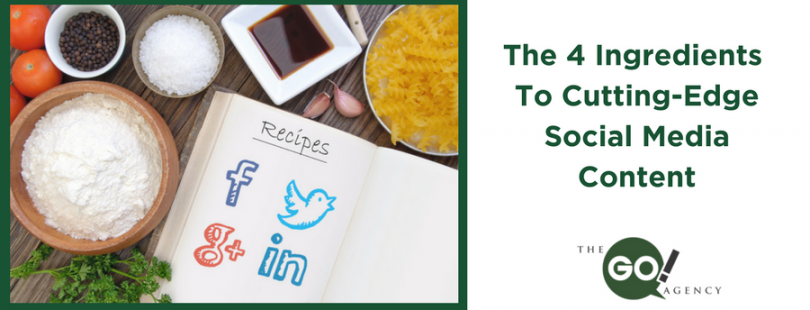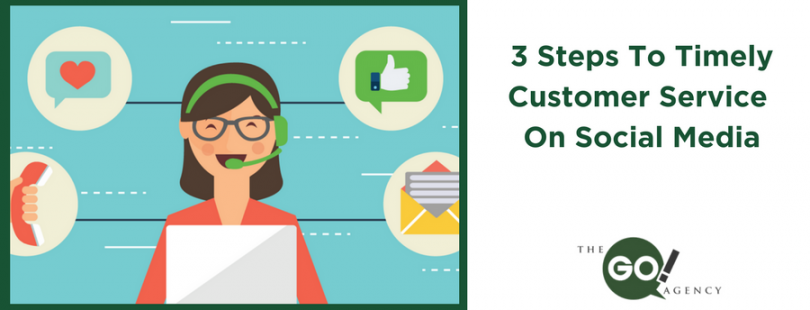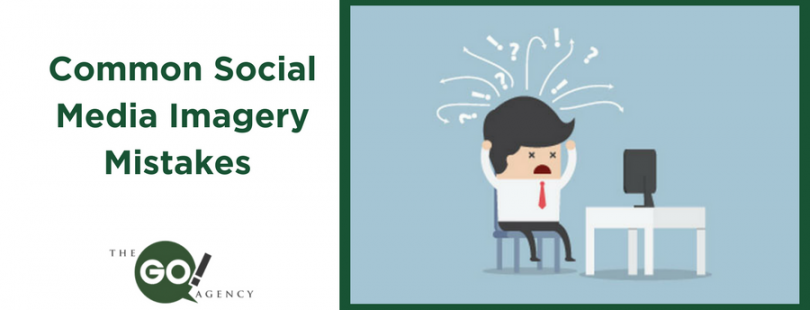To be perfectly blunt, there is no excuse for a company to have zero social media presence in 2018. According to the Pew Research Center, 69 percent of adults in the United States use at least one form of social media; 88 percent of adults age eighteen to twenty-four are active on one or more social media platforms. Most people have multiple accounts on different platforms.
Here are five common excuses for not using social media to promote your brand.
1. “Our target audience doesn’t use social media.”
Yes, they probably do. At least some of them do, anyway: the majority of American adults participate in one or more social media platforms. Social media has almost become our de facto national pastime. As with most new technology, the younger generations have been the most fervent adopters: almost 90 percent of young adults are active on at least one platform. These kids, teens, and (young) adults grew up with social media. However, their parents and grandparents are quickly adapting to the digital landscape and participating in social media. Pew states that 64 percent of people age 50 to 64 and 37 percent of people age 65 and older use at least one social media platform.
2. “A social media profile will only attract negative attention.”
No, it will not. While it is true that some negativity is inevitable with any form of marketing, establishing a presence on social media offers more rewards than risks. The consumers of today actually want to connect with their favorite brands. Customers routinely seek out companies that make the products or services they love. You can minimize your risk of attracting negative attention in a few simple ways. First, devise a set of social media guidelines for your company. Second, enforce those guidelines with an iron fist (the modern equivalent would probably be a sternly worded email from HR). Additionally, consult with an expert. A good social media manager will be adept at public relations in addition to being a wunderkind with marketing and data analysis.
3. “It doesn’t get results.”
Yes, it does. Granted, those results can be difficult to quantify, but they can still impact the brand. A presence on social media is at the very least an additional chance for your brand to be seen. Social media accounts offer your customers another avenue to contact your company with questions, concerns, or comments. This will go a long way toward engendering good will and repeat clients. Social media also keeps your customers better informed about your latest products or services–remember, customers need to know what you have to offer. Your social media presence can enhance your brand. A cosmetics company, for example, could post makeup tutorials on its Facebook page, while a sportswear manufacturer might include photos from its staff’s annual camping trip to its Instagram account. Social media strengthens your brand’s image in the minds of your customers.
4. “It’s too much work.”
That depends. As with any marketing strategy, you get what you give when it comes to social media. You’ve worked for years to bring your company this far, why refuse to take this step? If you genuinely do not have the time to run your company’s social media activities on your own, have an employee to do it for you. We don’t mean that you should reassign an HR director to focus solely on your Facebook account: as with any other extra responsibility, you should find a person who possesses both the will and the skill to do the job.
5. “I don’t understand how to use social media for marketing.”
This is perhaps the most common–and seldom revealed–reason that companies choose to avoid social media. Thankfully, it is also the easiest to address. If you are unsure how to navigate social media marketing, simply hire a consultant. There are many firms that focus exclusively on social media marketing. These experts want to help you develop your strategy and analyze your results. For many small businesses, seeking out the services of a social media pro is best and most cost-effective choice.
Do any of those excuses sound familiar? If so, stop waiting and start planning! Now is the perfect time to begin. That’s the great thing about marketing: every day is another chance to turn it all around. Don’t let your preconceived notions and unfounded fears about social media hold you back any longer!
If you need help developing or revamping your social media marketing strategy, just ask!
Read More














